Burning the Midnight Oil for Living Energy Independence
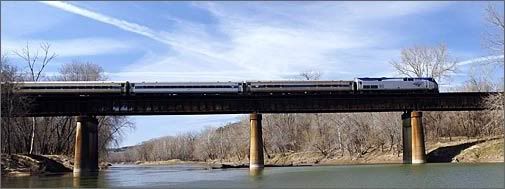 A few weeks back, SubsidyScope, “launched by The Pew Charitable Trusts, aims to raise public awareness about the role of federal subsidies in the economy”, pursued its mandate into transport subsidies, coming out with a study with the headline figure of $32 subsidy per passenger for Amtrak.
A few weeks back, SubsidyScope, “launched by The Pew Charitable Trusts, aims to raise public awareness about the role of federal subsidies in the economy”, pursued its mandate into transport subsidies, coming out with a study with the headline figure of $32 subsidy per passenger for Amtrak.
Why Amtrak? Why not provide a headline figure on federal subsidy per motorist or airplane passenger? Critics of the report suggest that the answer is simple – consider, for instance, Charleston WV mayor Danny Jones:
Jones admits Amtrak relies heavily on subsidies, but so do other modes of transportation, he said.
“I think it’s just easier to see how much of it’s subsidized with Amtrak,” he said.
And there is a lot of merit in that. Further, SubsidyScope is not focusing on Government subsidy, but on Federal subsidy. Not only is it harder to analyze government subsidies to driving and flying, given how many direct and indirect subsidies there are to take into account – but many of the subsidies are at the state and local government level, so for SubsidyScope’s purposes they “don’t count”.
But its worse that that. Even accepting SubsidyScope’s twisted framing of the issue of government subsidies – the actual core part of the analysis that they themselves perform is hopelessly bad. The gory details, and then the numbers that pity forced me to rescue from the clutches of SubsidyScope, below the fold.

 In the store, or at the airport, a “bike box” is a box that is supposed to have a bike inside of it.
In the store, or at the airport, a “bike box” is a box that is supposed to have a bike inside of it.
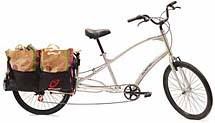


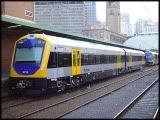
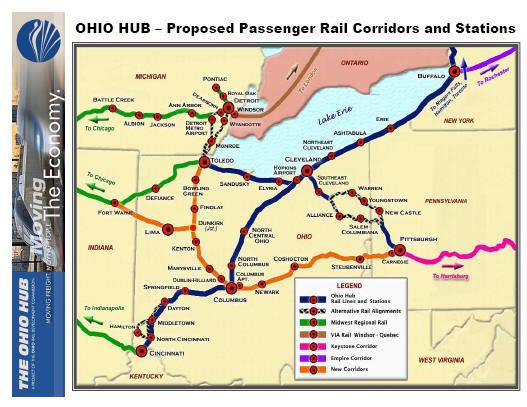 One of the stories that came out into the press this week was the pledge by the US Department of Transport to look into
One of the stories that came out into the press this week was the pledge by the US Department of Transport to look into  Let construction or upgrade of a rail corridor be proposed, and almost immediately the cry goes up, “but we can’t afford it! It costs too much!”.
Let construction or upgrade of a rail corridor be proposed, and almost immediately the cry goes up, “but we can’t afford it! It costs too much!”. crossposted from
crossposted from  Today, the focus is on one lovely rhetorical ploy used by anti-rail advocates to try to put one over on people with limited experience with trains. This relies on the false framing that “trains is trains”, and uses something that is true about a particular kind of local rail transport to mislead people about 110mph Emerging High Speed Rail in particular.
Today, the focus is on one lovely rhetorical ploy used by anti-rail advocates to try to put one over on people with limited experience with trains. This relies on the false framing that “trains is trains”, and uses something that is true about a particular kind of local rail transport to mislead people about 110mph Emerging High Speed Rail in particular. The people’s choice award in the
The people’s choice award in the  As people look back to the decade just past, and as we look ahead to the long, hard job ahead of us, many people describe the decade in many different ways – tumultuous, chaotics, catastrophic, liberating, tragic, joyous – but it seems that nothing recycles so easily as a phrase, and so the punditry online seem to have settled on The Roaring Teens.
As people look back to the decade just past, and as we look ahead to the long, hard job ahead of us, many people describe the decade in many different ways – tumultuous, chaotics, catastrophic, liberating, tragic, joyous – but it seems that nothing recycles so easily as a phrase, and so the punditry online seem to have settled on The Roaring Teens.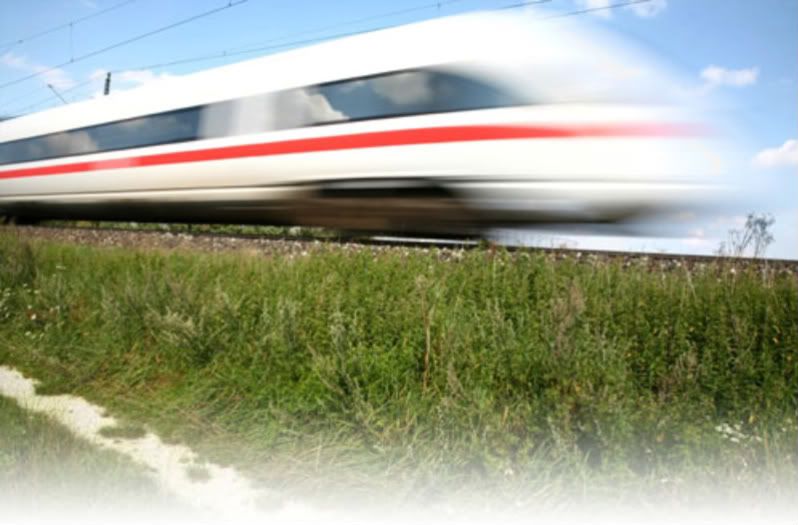 On Thursday,
On Thursday, 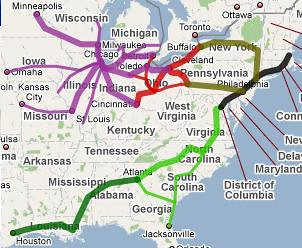 The increasingly
The increasingly  I have blogged on this topic before (links below the fold), and the concept is both powerful and simple. Electrify main rail corridors and provide the capacity to support 100mph Rapid Freight Rail. The points are direct:
I have blogged on this topic before (links below the fold), and the concept is both powerful and simple. Electrify main rail corridors and provide the capacity to support 100mph Rapid Freight Rail. The points are direct: